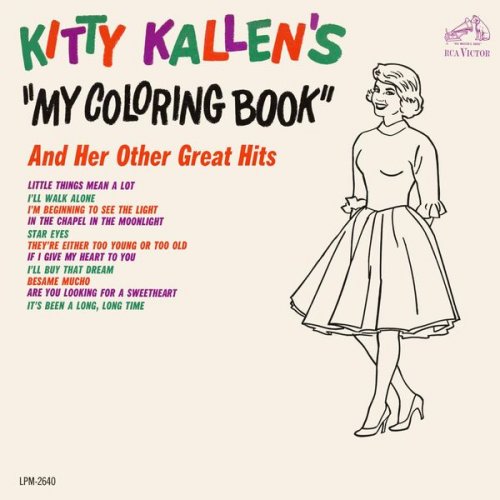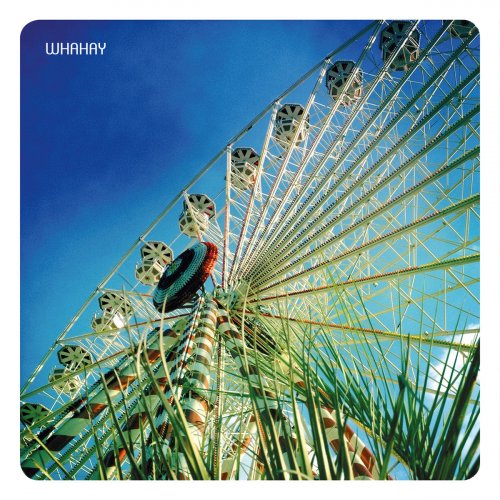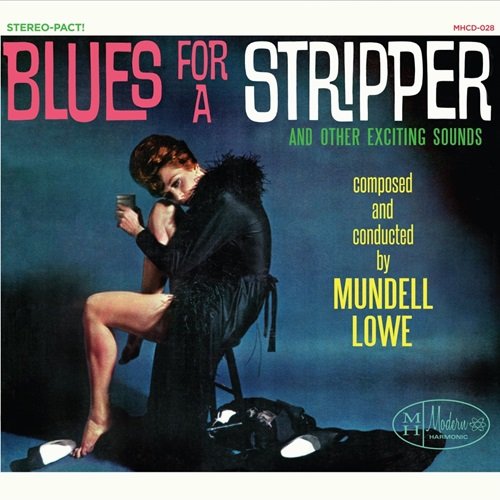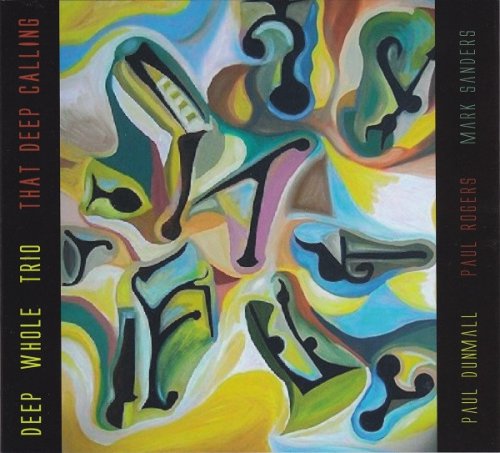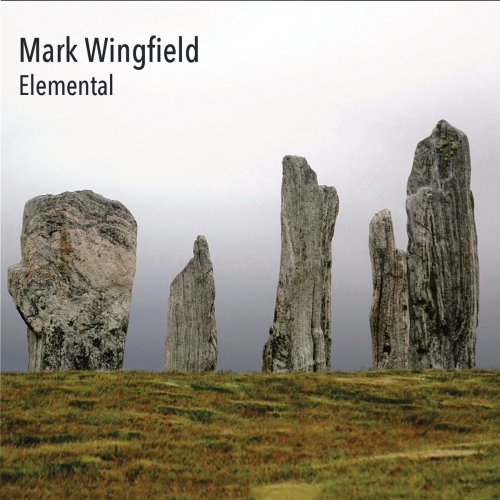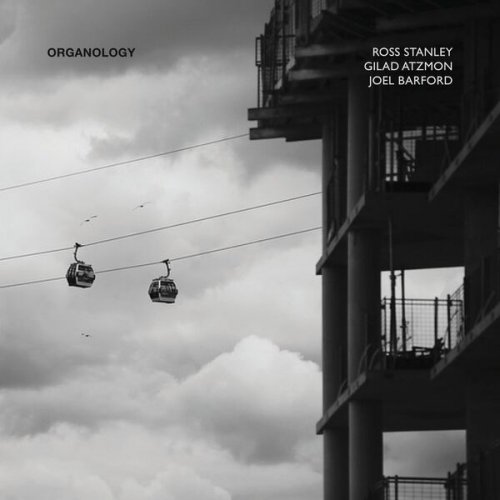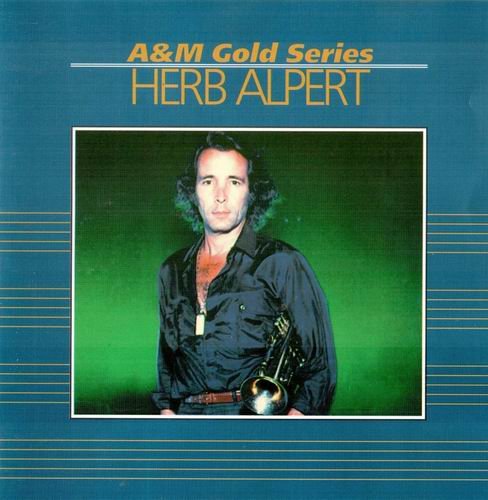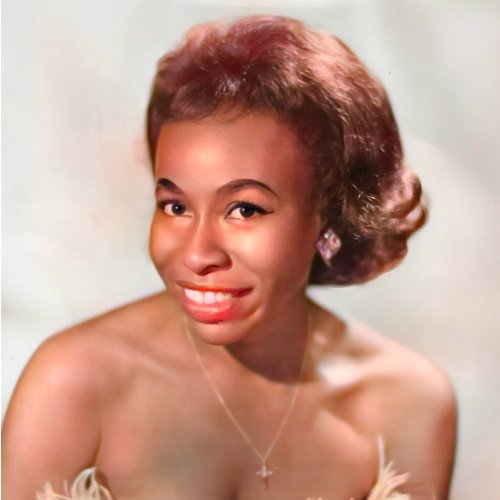Magma - Kobaïa (Reissue) (1970/2009)
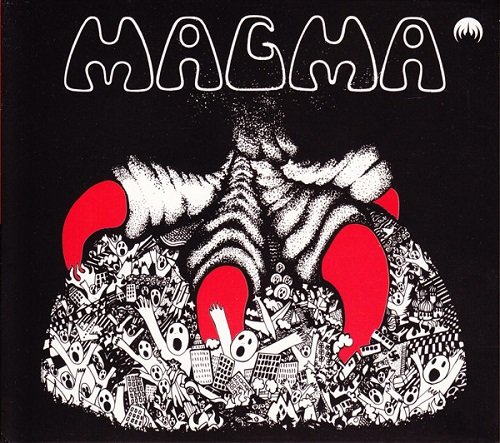
Artist: Magma
Title: Kobaïa
Year Of Release: 1970/2009
Label: Seventh Records/Le Chant Du Monde
Genre: Jazz Rock, Prog Rock
Quality: Flac (tracks, .cue, log)
Total Time: 42:05 + 39:22
Total Size: 479 Mb (scans)
WebSite: Album Preview
Tracklist:Title: Kobaïa
Year Of Release: 1970/2009
Label: Seventh Records/Le Chant Du Monde
Genre: Jazz Rock, Prog Rock
Quality: Flac (tracks, .cue, log)
Total Time: 42:05 + 39:22
Total Size: 479 Mb (scans)
WebSite: Album Preview
CD 1:
1. Kobaia (10:15)
2. Aina (6:15)
3. Malaria (4:20)
4. Sohia (7:35)
5. Sckxyss (3:47)
6. Aurae (10:55)
CD 2:
1. Thaud Zaia (7:00)
2. Nau Ektila (12:55)
3. Stoah (8:05)
4. Muh (11:13)
Line-up:
Christian Vander / drums, vocals
Claude Engel / guitars, flute, vocals
Francis Moze / electric bass, contrebass
Francois Cahen / pianos
Teddy Lasry / Soprano saxophone, first flute
Richard Raux / Alto & Tenor saxophone, flute
Alain Charlery (Paco) / trompet, percussion
Klaus Blasquiz / backing vocals
MAGMA is a progressive group led by drummer/composer/vocalist Christian VANDER that has been active in the 'classic period' and in the 21th century. The music of MAGMA is often categorized as 'Zeuhl' (which means 'celestical' of 'heavenly' in Kobaïan, MAGMA's own language). The band doesn't clearly fit in any other progressive subgenre, though avant-prog would qualify.
Swirling riffs in odd time signatures, theatrical choir arrangements, heavy and distorted pulsing bass guitar, bombastic and minimalistic (sometimes both at the same time), dark and brooming, adventurous and angelic, jazzy or classical, but always with the highly innovative and original drums of founder and main composer Christian VANDER. The music of MAGMA is adopted by the progressive rock movement, though even for progressive standards it is very hard to get into because of its 'other worldly sound' and its extended compositions of often more then thirty minutes. The band has had almost no connection whatsoever with other bands of the progressive genre, though in France it would prove to be a big inspiration for other Fusion and Zeuhl bands. It is often though that the modern classical music of Carl ORFF (for instance Carmina Burana) must have been a big influence to MAGMA. VANDER himself has claimed on several occasions that his main influence was the jazz saxophone player John COLTRANE, and listening to COLTRANE's version of 'My favorite things' we do find a hint to what was to become the Zeuhl genre. Legend goes that MAGMA was formed after a vision that was revealed in a dream of Christian VANDER about a spiritual and ecological future for mankind. This vision would influence the three different multi-part saga's, namely the Kobaïan saga (debut and 1001 Centigrates), the Köhntarkösz triology (Kohntarkosz Anteria or K.A., Köhntarkösz and Ëmëhntëhtt-Ré) and the Theusz Hamtaahk triology (Theusz Hamtaahk, Mekanïk Destruktïw Kommandöh or M.D.K and Wurdah Ïtah). The third studio-album of MAGMA, M.D.K., is often seen as the genre defining Zeuhl album, whereas the first two MAGMA albums have stronger jazzrock/fusion leanings and less Orffian choir arrangements.
Swirling riffs in odd time signatures, theatrical choir arrangements, heavy and distorted pulsing bass guitar, bombastic and minimalistic (sometimes both at the same time), dark and brooming, adventurous and angelic, jazzy or classical, but always with the highly innovative and original drums of founder and main composer Christian VANDER. The music of MAGMA is adopted by the progressive rock movement, though even for progressive standards it is very hard to get into because of its 'other worldly sound' and its extended compositions of often more then thirty minutes. The band has had almost no connection whatsoever with other bands of the progressive genre, though in France it would prove to be a big inspiration for other Fusion and Zeuhl bands. It is often though that the modern classical music of Carl ORFF (for instance Carmina Burana) must have been a big influence to MAGMA. VANDER himself has claimed on several occasions that his main influence was the jazz saxophone player John COLTRANE, and listening to COLTRANE's version of 'My favorite things' we do find a hint to what was to become the Zeuhl genre. Legend goes that MAGMA was formed after a vision that was revealed in a dream of Christian VANDER about a spiritual and ecological future for mankind. This vision would influence the three different multi-part saga's, namely the Kobaïan saga (debut and 1001 Centigrates), the Köhntarkösz triology (Kohntarkosz Anteria or K.A., Köhntarkösz and Ëmëhntëhtt-Ré) and the Theusz Hamtaahk triology (Theusz Hamtaahk, Mekanïk Destruktïw Kommandöh or M.D.K and Wurdah Ïtah). The third studio-album of MAGMA, M.D.K., is often seen as the genre defining Zeuhl album, whereas the first two MAGMA albums have stronger jazzrock/fusion leanings and less Orffian choir arrangements.
